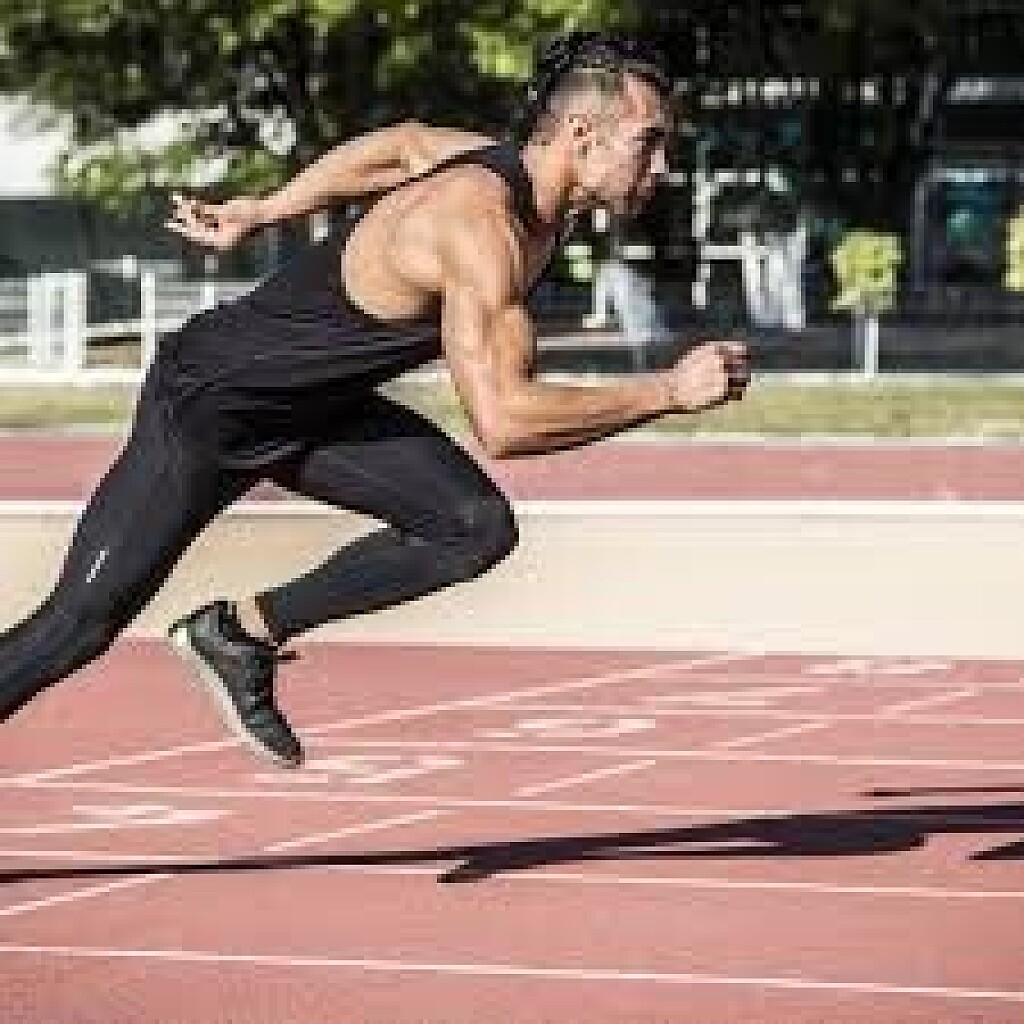Running News Daily
Running News Daily is edited by Bob Anderson. Send your news items to bob@mybestruns.com Advertising opportunities available. Train the Kenyan Way at KATA Kenya and Portugal owned and operated by Bob Anderson. Be sure to catch our movie A Long Run the movie KATA Running Camps and KATA Potato Farms - 31 now open in Kenya! https://kata.ke/
Index to Daily Posts · Sign Up For Updates · Run The World Feed
How to get into track running
As many parts of the world start to see the first signs of summer and the outdoor season gets under way, many will see it as a perfect time to make their own introduction to track running.
Taking those first steps can be a daunting task but there are some steps you can take to make the process easier.


How to find a club, coach and track races
Finding an athletics club can be an intimidating prospect but most clubs throughout the world are eager to increase their membership so you will likely be far more welcome than you first think.
Finding local athletics clubs can often be done by going on to the website of your national athletics federation where information is often contained about affiliated clubs as well as the registered coaches who train the athletes.
This is a good way of ensuring the club you are joining is properly trained, qualified and monitored.
Qualifications alone, however, may not show exactly what you’re looking for from a club and coach. Nowadays most clubs (and many coaches) will have various social media channels. Check them out and these may well provide a good idea of whether that club would be a good fit for you.
These pages will also often highlight any changes to training times or the right people to get in touch with to ask some questions. These channels are often much more regularly updated than websites so may be the best place to start.
While it is possible to find athletics competitions online, coaches at these clubs will be able to match your level to the appropriate competition. This means when you first decide to compete, you will be competing against people of a similar standard, making the whole experience more enjoyable and getting those competitive juices flowing.
Getting the right footwear
Athletics spikes are generally lighter than those you would use on the road, with a lower stack height and less support. That said, there do exist variances with some models offering more support than others.
The first times you wear spikes can cause a lot of pressure on your legs, especially the calves which are normally more cushioned by less aggressive road shoes.
When training on the track, many will choose to train in lighter road shoes, gradually introducing the spikes when their legs start to get used to the different impact of the track.
Speak to your coach and footwear specialists to decide what’s right for you and take time to introduce track spikes into your shoe rotation.
When taking part in competitions, it is important to note that many federations have adopted World Athletics' guidance on what shoes are eligible for competitions.
Whether your federation has adopted different rules will be something you should be able to find out from your coaches or the federation website.
Track etiquette
Often it can be intimidating knowing what to do on the track and you may feel self-conscious at the start but it is not as complicated as you might think.
The rules may vary from one facility to the next, but generally speaking if you are doing a workout on a track, you have just as much right as anyone else to use the inside lane (lane one) when carrying out your efforts.
If you are passed by someone, don’t feel the need to step into an outside lane as this may confuse the person running behind. Instead, stay on your line and the person approaching behind will normally run outside to overtake.
Equally, if overtaking someone, try not to undercut them and if you feel you might surprise them going past, a gentle call of “track” may alert them to your presence.
When warming up, it is generally good etiquette not to use the inside lane, instead using the outer lanes and paying attention to anyone else who may be using the track. When you’ve finished your session, try to find a spot outside the track to change your shoes or clothing, making sure that if it is on the inside that it does not interfere with anyone practicing their field events.
Basic strength and conditioning exercise to avoid injuries associated with first stepping on a track
As discussed, the less support provided by lighter track spikes can increase the pressure on your calves and other leg muscles. As well as building up gradually, ways of increasing the strength in your calves can include calf raises.
This exercise involves finding something for your hand to hold for balance and then slowly rising to the tips of your toes, and then slowly back down to the ground. This can start with both legs together and when you start to get stronger you can move to a single leg. Try four sets of 10-16 repetitions and build up the volume as and when you begin to get more comfortable.
Some athletes choose to use a calf raise machine, which can be found in some gyms, or alternatively carry weights in their hands to add difficulty and build further strength. With both of these make sure you don’t increase the weights too quickly and ensure this is at a weight you can manage.
There are many other exercises that can help get your body used to the extra demands of track running. Speak to a coach or a physiotherapist for more detailed information.
by World Athletics
Login to leave a comment




